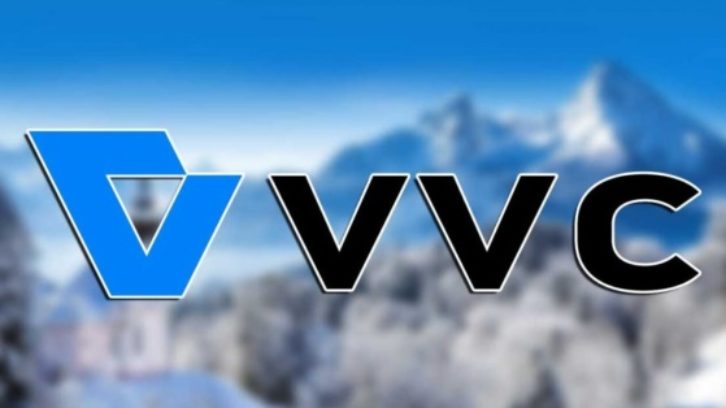
BEAVERTON, Ore.—The Media Coding Industry Forum (MC-IF) has issued an update on its recent efforts and provided some predictions for 2024, which the group expects to be a “breakout year” for Versatile Video Coding.
As demand for high-quality video continues to rise rapidly with the popularity of streaming services, social media video, and user-generated content, analysts at Verified Market Research project that the market for video encoding technology will reach $3.1 billion by the end of the decade, growing at a steady CAGR of 5.31%, MC-IF reported.
"The mission of MC-IF is to promote technologies developed by MPEG. Over the past few years, MC-IF has focused on VVC, a video codec that offers improved efficiency and applicability for a wide range of applications," explained Justin Ridge, president of MC-IF and principal engineer at Nokia’s Multimedia Research and Standardization unit in a blog.
Adopting VVC has significant business and economic implications for many sectors of the economy that depend on high-quality video experiences. For instance, VVC introduces exciting opportunities to improve efficiency and performance while creating new revenue streams for broadcasters and over-the-top service providers.
"Beyond publishing guidelines, 2023 was also a watershed year because several standards bodies approved VVC -- including SBTVD, DVB, SCTE and ATSC (where it is in-progress). These approvals are important because it lays the foundation for practical deployments," Ridge said. “It is designed to handle a wide range of applications and has attracted participants from various industries -- including digital entertainment, manufacturing, and logistics as well as a growing number of drone applications.".
As a result the group said it expects “VVC to appear in a growing number of mobile devices and consumer electronics -- especially smart TVs -- as early as 2024,” Ridge said. “After that, we anticipate it to permeate into other areas, such as surveillance and security, in devices like drones and security cameras.”
More specifically the group noted that VVC sets itself apart from legacy encoding technologies —and even current encoding alternatives—in several ways:
- Improved Coding Efficiency: VVC offers superior coding efficiency compared to previous generations of video codecs.
- Versatility: As the name suggests, VVC handles many applications. It incorporates various tools and features that make it suitable for different types of video content, such as HDR, 360-degree immersive video, and screen content.
- Open and Rigorous Development Process: VVC was developed through an open and rigorous process involving hundreds of technology experts. This ensures that VVC is reliable, robust, and suitable for large-scale deployments.
- Compatibility and Interoperability: VVC builds upon previous generations of video codecs, such as H.264 AVC and HEVC. As a result, it shares similar architecture and tools with earlier MPEG codecs, accelerating hardware implementation and mitigating complexity while still creating eye-popping performance gains. This allows for a smooth transition and integration into existing ecosystems and workflows. It also enables interoperability between different products and devices.
"Overall, VVC's combination of improved coding efficiency, versatility, open development process, and compatibility make it a compelling choice for various industries and applications in the digital video space," concluded Ridge.
A Q&A with Ridge is available here.







